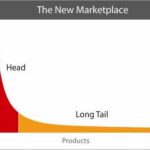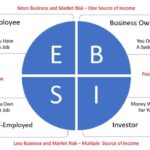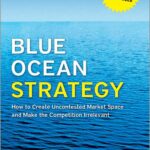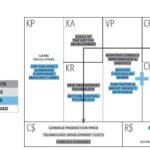Before you consider starting a business from scratch, there are a few other options that do not require you to become a business owner in order to capitalize on your idea.
The monkey and the pedestal analogy reminds us to tackle the hard things first because if we can’t solve them, there is no point in doing the rest of the work.
Options for starting a business
Contrary to popular belief, inventors do not often make good entrepreneurs. Here is a post that explains why.
If you have a lot of ideas for new products, building a business around them may not be a good idea since the operations will distract you from coming up with new products. You may want to consider minimizing your risk while maximizing the number of products you can bring to market by licensing your idea.
Another path many people don’t think about, even though it is a very viable option, is to essentially outsource the production of a product using a co-packer to do the manufacturing part while you just focus on marketing and selling your product.
If you are considering an eCommerce business, we have developed a series of seven posts that dive into what you need to know to start an eCommerce business.
A viable option for starting a business from scratch is buying a franchise. If buying a franchise makes sense, you should have some basic understanding of how franchises work and the role of a franchise consultant, which is why we created this Franchise Primer.
Ok, so you still want to proceed with starting a new small business from scratch? Great! Here are a few prerequisite concepts you need to know before we dig in deeper.
Prerequisite Knowledge When Starting a New Small Business
There are five things every new business owner needs to be successful. Here is an excerpt from a video lesson from Boot Camp: Steps to Owning your business, which describes the five things every new business owner needs to be successful.
Here is a post that contains the above video and also includes the transcript for easy searching.
Also, because this idea of the 5 things every business needs to be successful is such an important concept to understand, the following posts take a deeper dive into the concept. The first post covers access to capital, business acumen, and energy that are common to all businesses, and in the second, industry knowledge and the idea are related to only some businesses and maybe a negative for others.
Discover expert advice provided to an aspiring first-time entrepreneur. How to transform your passion into a thriving business with this invaluable guidance.
Every successful business follows a predictable “J” curve pattern. Understanding the six phases of the “J” curve will give the business the information necessary to succeed.
Hunters and Farmers represent a fundamental truth about human nature applied to business. Most founders are Hunters, but scaling requires the addition of Farmers.
Many aspiring entrepreneurs think the system is unfair and rigged against them. It is not. In fact, this type of thinking demonstrates they don’t have what it takes.
Discover the parallels between learning to swim & launching a business. What you need to navigate challenges, boost success & avoid becoming a statistic.
Additionally, there is a lot of stale information related to the role of business planning. The Internet has changed a lot of things with respect to what it takes to launch a small business today. Below is a paper that takes a more extensive look at what has changed with respect to the need for developing a traditional business plan.
New Small Business Manifesto – Why a Business Plan is often the wrong answer
RECOMMENDED: At this point, I might recommend that you consider taking my video course Boot Camp: Steps to Owning Your Business. Normally the course sells for $19.99 on Udemy, but the above link that will allow you to take the course for free.
Focus Focus Focus
One of the biggest mistakes many first-time entrepreneurs make is trying to cast too big a net in the hopes of capturing more revenue. Today, you must be a specialist to gain any traction.
The cost of production and the Internet have changed the landscape of business, and small businesses now compete in what is known as the long tail economy.
Below is a 13-step process you can use to find your niche.
Cash Flow Quadrant
It is important to understand that at Jobbie (Freelancer or Consultant), operating as a solopreneur is not the same as a business.
Before launching a new business, it is vital to understand how you will earn your income. The cash flow quadrant developed by Robert Kiyosaki explains this concept quite well. Here are a few posts that explain each of the cash flow quadrants.
Economic Model
In addition to cash flow quadrants, it is also important to understand the four elements that go into an economic model. Here are few posts that explore the elements of an economic model in more detail as well as how some businesses created new markets simply by changing the traditional business model for an industry.
Business Model
There are eleven common types of business models that most businesses fall into.
Now that you’ve seen the video, here is the same information in a text format you can use for reference.
One of the more popular business models, especially for software products, involves the use of a freemium version to achieve greater adoption. Below is a post that looks at the freemium model in a bit more detail.
Smart entrepreneurs build a money maker business first before they go for the moon shot.
Given that you have previously explored the four elements that make up the economic model, it is now time to recognize what goes into your business model using a concept developed by Alexander Osterwalder called the Business Model Canvas. I do not recommend that you skip this section. The Business Model Canvas is a great resource for finding your Blue Ocean Strategy, which is your unique and profitable niche.
The following quiz was designed to test your knowledge of the Business Model Canvas. Are you ready to put your knowledge to the test?
Given the importance of the Business Model Canvas to the success of a new business, I have developed a variety of ways for you to learn more about the Business Model Canvas. Here are some you can choose from:
- Video Why You Need to Start Using The Business Model Canvas
- Video Business Model Canvas Introduction
- Download the eBook or paperback from Amazon. Most extensive source of content (Small Fee)
- Watch a video presentation of a recorded workshop with supplemental content
- Listen to the audiobook version here (Free)
- Listen to the audiobook version (On Audible.com – Subscription required)
- Listen to a podcast of a Business Model Canvas workshop (Free)
- Explore all the posts one by one in the database (Free)
I have also created an online tool that uses PowerPoint to help you develop your own Business Model Canvas online. You can download this:
Here is a post that ties together how the Business Model Canvas and the Blue Ocean Strategy support each other.
Making Assumptions
Whenever a business defines a new business model, they make a bunch of assumptions. Some assumptions may be valid, but many are not. Therefore, after a business defines the customer-facing blocks of the business model canvas (Customer Segment, Value Proposition, Channels, Customer Relationships, and Revenue Streams), the business should always test its assumptions before going for scale.
Before you run with your new business idea, your first step is to validate it.
Too many new ventures fail to embrace evidence-based entrepreneurship by not conducting extensive customer development before they begin.
Most guides on starting a business involve the same sort of rehashed content. The thing is, a lot of these pieces of advice aren’t true. They’re either misinterpreted by the new entrepreneur, or they’re completely wrong.
As we had touched on earlier in the new small business manifesto, the role of the traditional business plan today is, in my opinion, overrated. That said, the framework of the typical business plan, from establishing your funding requirements, conducting market research to determine if a customer will buy what you are selling, and finally considering the elements to execute your business idea, remains sound. The three key elements when developing a plan are explained in the following post:
With the basic prerequisite information covered, let’s get down to some more specifics based on the three elements of a business plan. Explore each of the paths below by clicking on the links in the following order:

#1 Financial Aspects
The first step is to explore the financial aspects, such as establishing your start-up costs and looking at how you can fund your business.

#2 Market Aspects
Once you have an idea of what it would cost to start your business and you believe that you can secure the funding to make it happen, it is time to look at a few market aspects, such as how to conduct market research or create an Internet presence.
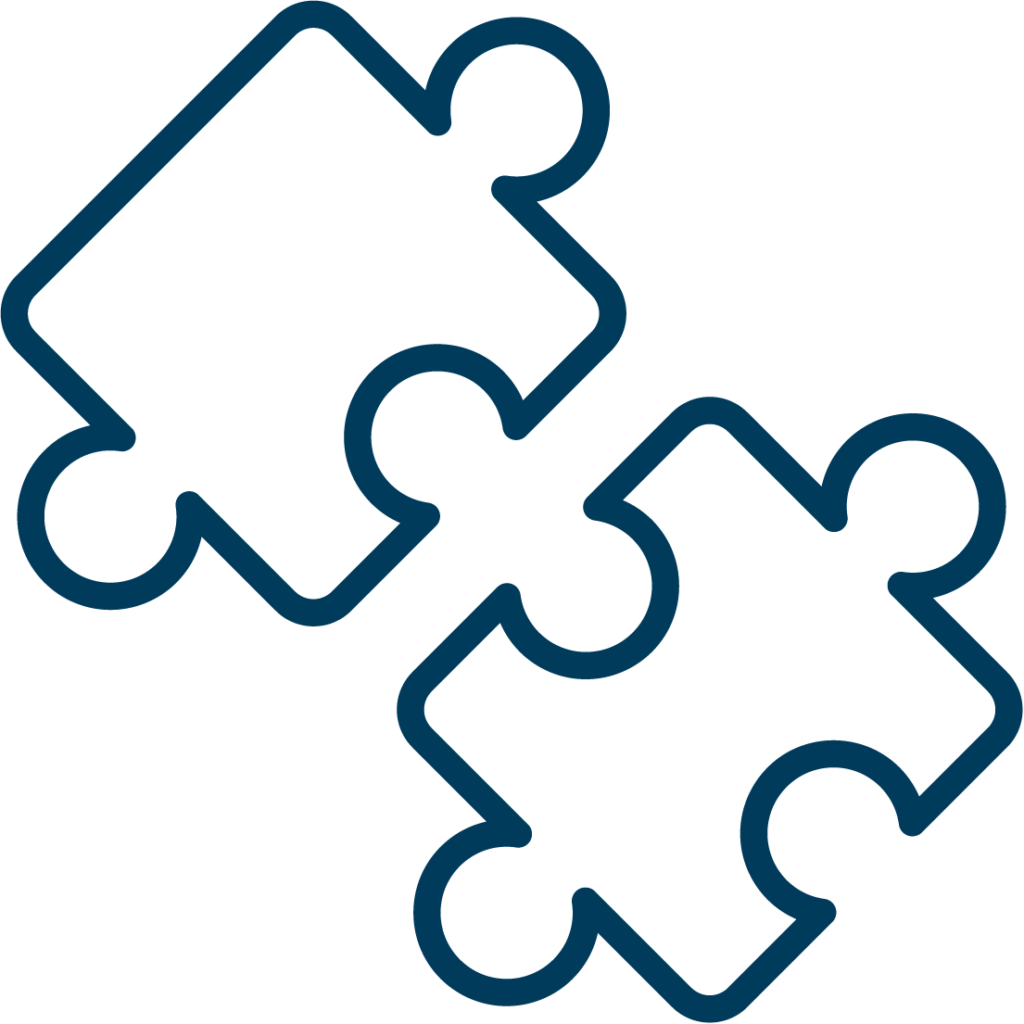
#3 Operational Aspects
Finally, once you know what it would cost and you have identified what it will take to get new customers, it is time to look at the operational aspects, such as creating a legal entity, getting insurance, or developing your organizational structure.


















